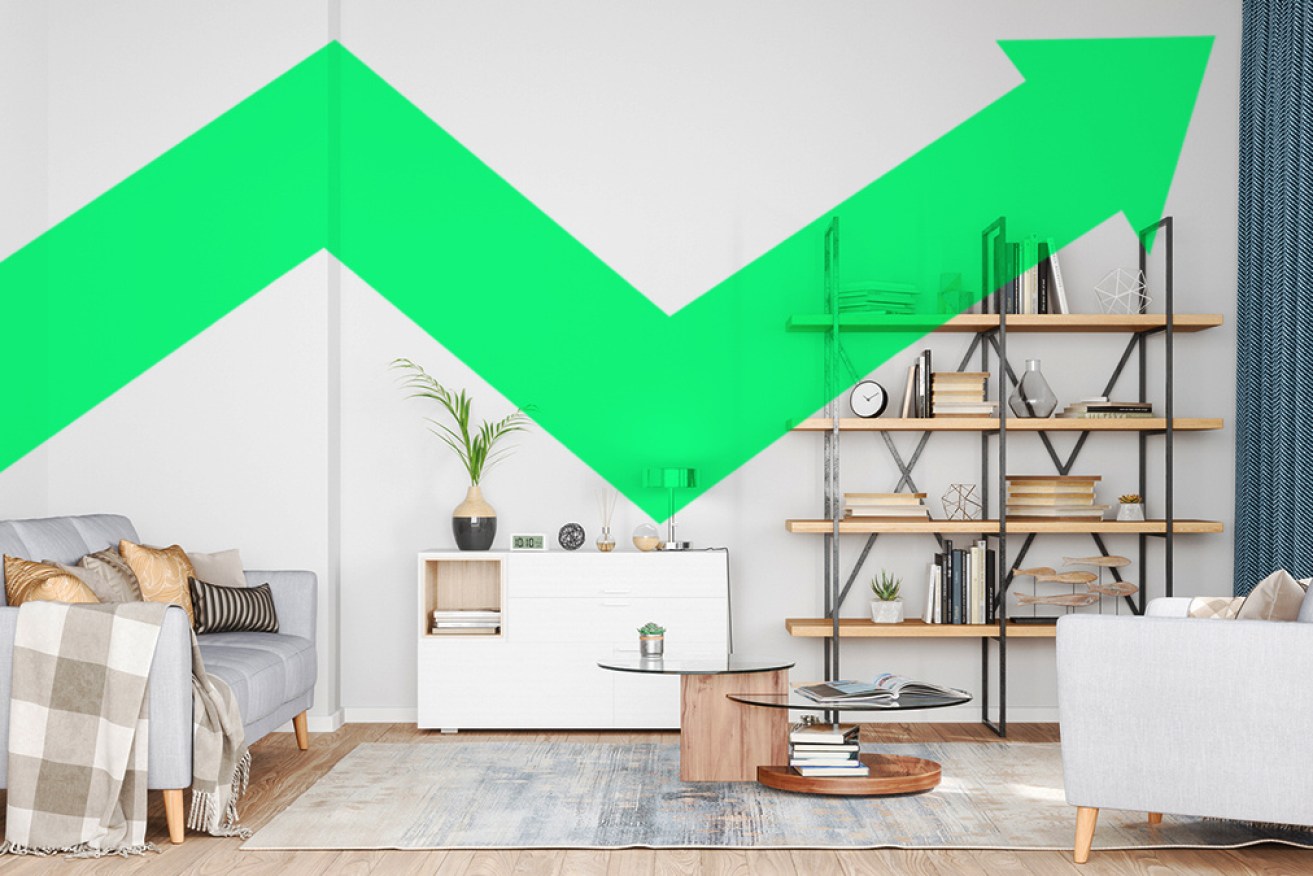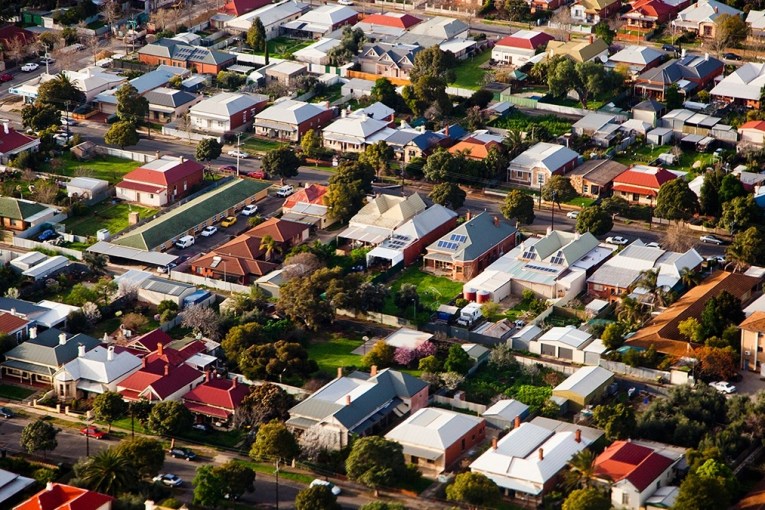Housing market records fastest annual growth since 2004


Record-low interest rates and low levels of supply are pushing up house prices. Photo: TND
Sydney property prices increased by about $800 a day in June as the Australian housing market recorded its fastest annual growth since April 2004.
Data released by CoreLogic on Thursday shows national property prices jumped by 1.9 per cent over the month on the back of growth in every capital city.
Hobart led the pack with monthly growth of 3 per cent while Perth came up the rear with 0.2 per cent.
Growth in the other capital cities ranged from 2.6 per cent in Sydney to 0.8 per cent in Darwin, with Canberra reporting 2.3 per cent growth; Brisbane, 1.9 per cent; Adelaide, 1.6 per cent; and Melbourne, 1.5 per cent.
AMP Capital chief economist Shane Oliver said average capital city property prices were now 9.9 per cent above their previous record high in September 2017, and 14.1 per cent above their recent low in September 2020.
Elsewhere, the working-from-home-led boom in regional Australia also continued apace, with the median value across combined regional markets rising 2.0 per cent compared to growth of 1.9 per cent across the combined capital cities.
CoreLogic head of research Eliza Owen said strong economic conditions and record-low mortgage rates were driving up demand for housing at a time when total advertised stock remained low.
“The latest listings count from CoreLogic indicates that in the 28 days to June 27th, total advertised stock remained 24.4 per cent below the five-year average,” Ms Owen said.
“This dynamic of strong consumer demand, and low housing supply, continues to create some urgency among buyers.”
The combination of surging demand and limited supply helped push up national home values by 13.5 per cent over the 2020-21 financial year.
That marked the strongest annual growth rate since April 2004, with housing values rising by 15.6 per cent over the year and unit values lifting by 6.8 per cent.
But Ms Owen said there were some signs the market was beginning to slow down.
Although the monthly growth rate of 1.9 per cent was well above the decade average of 0.4 per cent, it was down three basis points from May 2021 and down nine basis points from the recent peak in March 2021.
The only capital city to experience faster growth in June (2.3 per cent) than May (1.7 per cent) was Canberra.
Elsewhere, the slowdown was much more apparent.
Monthly growth in Perth fell from an average of 1.4 per cent between January and May to 0.2 per cent through June.
And Darwin experienced growth of 0.8 per cent in June after having reported average monthly growth of 2.1 per cent between January and May.
Fuelled by ultra-low interest rates, the surging national housing market helped drive up average household wealth in Australia to a record $429,055 in the March quarter.
The ABS said household wealth grew more in the past 12 months than during the preceding three years combined.
As a result of the recent price surge, Dr Oliver has upgraded his price growth forecasts for 2021 from 18 per cent to 20 per cent.
He is forecasting annual growth next year to fall to 5 per cent before dropping to minus 5 per cent in 2023 when he expects the RBA will begin to hike interest rates.
Dr Oliver also believes the nation’s financial regulators will impose curbs on lending known as “macro-prudential” controls within the next few months to take some heat out of the market.
New Zealand took this step in February, after experiencing annual growth of 17.3 per cent in the December REINZ house price index.









